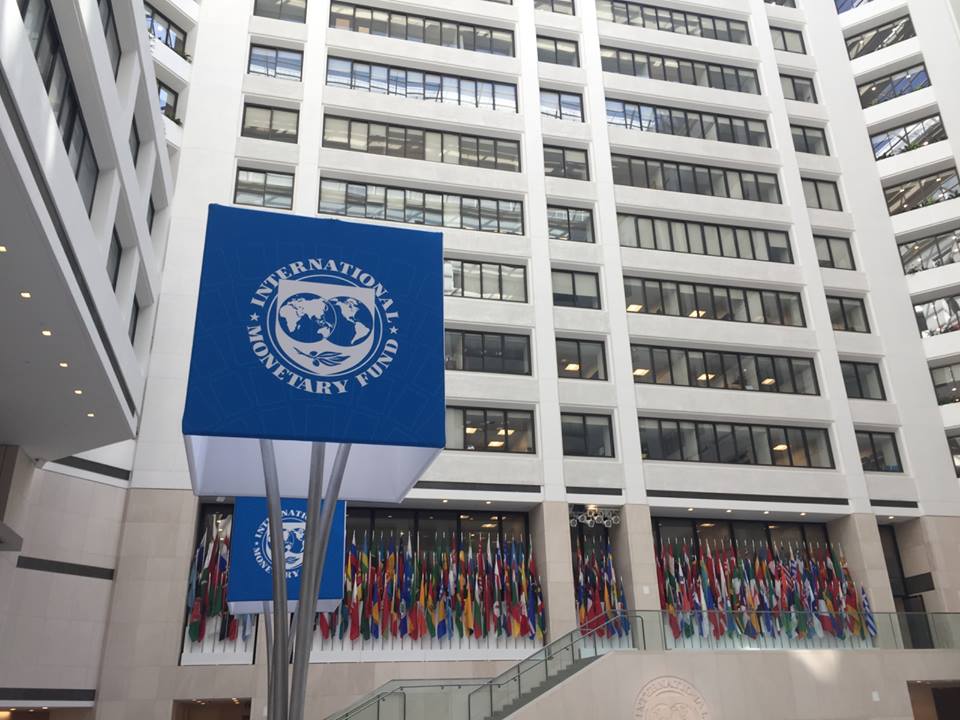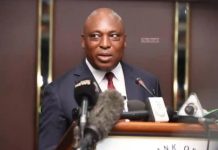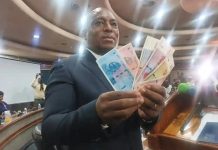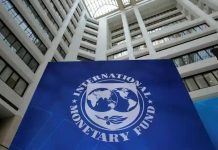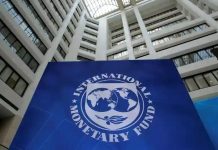THE International Monetary Fund (IMF) recently held an online press briefing on the economic outlook of the sub-Saharan Africa region. In the question and answer segment, a question was raised on Zimbabwe’s currency reforms.
The response by Abebe Aemro Selassie, the director of IMF’s African Department, underlined, in summary the key issues Zimbabwe needs to address in order to re-engage multilateral financial institutions for financial assistance.
Selassie expressed with clarity that the implementation of very strong reforms to facilitate dialogue with international creditors was inescapable.
He said: “I think we, of course recognise the reasons why the government decided to do this change [introduction of a local currency], but I think, fundamentally, in Zimbabwe, what’s really needed is a period of very strong, you know, reforms that will facilitate a dialogue with the country’s international creditors.” (Parentheses are mine for clarity).
He added: “But also domestically, to make sure that there is, you know, consistency in policies, and the monetary sphere, and the fiscal sphere, so there is confidence in whatever currency the government is using. Absent that confidence that the government policies are coherent and there will not be a reversion to the unfortunate period of hyperinflation, that Zimbabwe has suffered through.”
He isolated the main factor: “So, it is really about the credibility of the whole policy framework that is at stake, and that’s what needs to be worked on, in our view.”
It is clear the Bretton Woods institutions are currently not in a position to extend financial assistance to Zimbabwe as the required reforms are not yet in place to the extent that satisfies the country’s external creditors and potential financiers.
It largely explains why Finance minister Mthuli Ncube gave a budget framework in which government is expected to be a primary driver of economic growth in the next three years, accounting for over 70% of the expected real growth of 7,4% in 2021, 5,5% in 2022 and 5,2% in 2023.
Government is looking to drive economic growth through spending to fund infrastructural development and other capital expenditures. This has implications on how government will source funds to support its capital investments seen as a disproportionate source of economic growth.
The IMF is an institution governments go to for financial assistance when conventional sources of financing become difficult or closed. The fact that the IMF is unable to help Zimbabwe financially suggests that our creditworthiness is extremely low. This implies private financiers are unlikely to lend money to Zimbabwe for capital expenditures.
Logically, with private and multilateral financing options largely outside the reach of our government, the state will have to rely on internally-generated sources of funding.
The possibilities are a combination of tax raises and domestic borrowing through bonds and Treasury Bills. With the IMF clearly spelling out that fiscal and monetary stability are critical to bringing macro-economic stability to aid dialogue with international creditors, government will try to keep the budget deficit very low (below 3% of GDP).
We do not expect government to openly print money to fund its capital investment programme. We expect it to buy time to service its debt by rolling over Treasury Bills and restructuring some Treasury Bills to longer-term borrowing instruments — all this based on the hope the economy will recover down the line and build its capacity to generate enough revenues to service its debts.
Private consumption and government consumption combined are expected to contribute just 35% to economic growth in 2021, with government consumption contributing 6,8% to overall economic growth(signaling intention to keep government consumption under check). Consumption is expected to add 1,1% and 1,7% to economic growth in 2022 and 2023 respectively.
Trade is expected to drag down potential economic growth as we set to return to trade deficits. With consumption and trade not strong enough to contribute significantly towards economic growth, government is left without a choice but to take the lead in driving economic growth – the private sector is too constrained to make heavy capital investments in the absence of external sources of affordable long-term financing and in the presence of low private and government consumption. This is the reason why government is stepping in to drive growth through capital expenditures for the next three years.
It follows that it will try as much as possible to generate revenue from taxes. This raises the possibility that there will either be token or no tax relief in the next three years.
Duty on consumptive imports will likely be raised in order to raise funds to contribute towards the government’s infrastructure programme.
The private sector will likely find itself crowded out from the financial markets as government looks to the financial sector for funds. It will likely make moves to harness diaspora funds through investment and borrowing instruments — it is highly unlikely that much will be raised from this option if confidence levels are still low.
Government will likely keep interest rates elevated in a bid to curb inflationary growth via consumptive and speculative borrowing.
It is clear government has a difficult balancing act to perform — trying to keep inflation and government spending under check in order to lay a foundation for re-engaging international creditors and taking a direct play in stimulating and sustaining economic growth in the next three years. It is not going to be a walk in the park.

